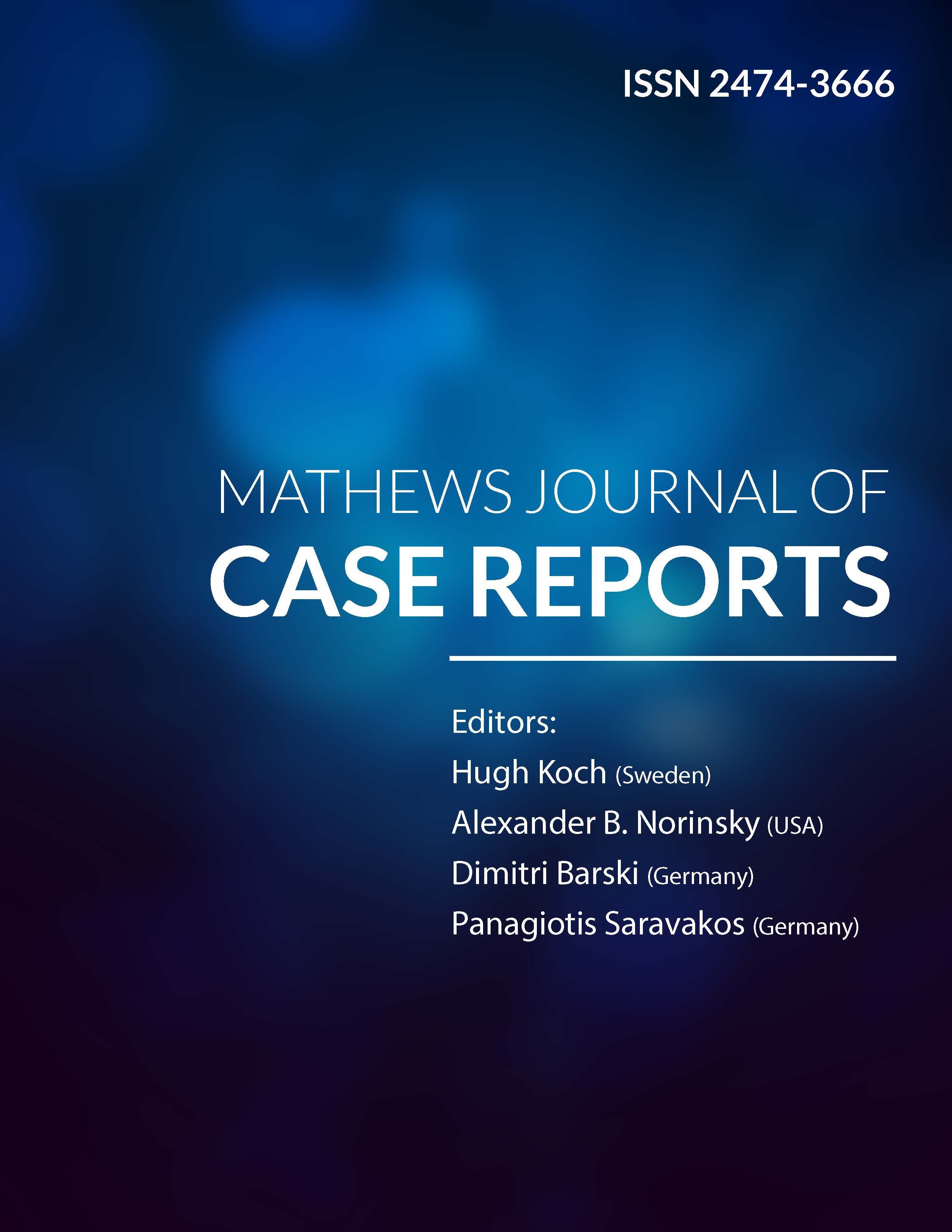
Information Links
Previous Issues Volume 4, Issue 1 - 2019
Resolving Vitreous Hemorrhage in the setting of Diabetic Retinopathy
Ronald Y. Tiu
Department of Ophthalmology Rizal Medical Center, Pasig City, Philippines
Corresponding Author: Ronald Y. Tiu, Department of Ophthalmology Rizal Medical Center, Pasig City, Philippines
Received Date: Feb 26, 2019
Published Date: May 08, 2019
Copyright © Tiu RY
Citation: Tiu RY. (2019). Resolving Vitreous Hemorrhage in the setting of Diabetic retinopathy. Mathews J Case Rep 4 (1): 43.
ABSTRACT:
This case series presents 2 patients (67 and 58 year old females) with resolving vitreous hemorrhage in the setting of diabetic retinopathy. Both patients had around 50% of the retina still visible and the hemorrhage was confined at the posterior vitreous cavity near the retina. Hence, partial panretinal photocoagulation was feasibly applied. On B-scan, both cases showed a liquified vitreous with a complete posterior vitreous detachment (PVD). For both patients, vitreous hemorrhage resolution occurred at less than 4 months from onset. Vitreous hemorrhage differs with bleeding in other tissues with the following characteristics: (1) Rapid Clotting, (2) Slow lysis of fibrin, (3) extracellular lysis of RBCs, (4) Persistence of RBCs for months, (5) Lack of PMN response. The presence of vitreous collagen matrix promotes rapid clotting and hinders resolution of hemorrhage by preventing passive diffusion; hence also delay inflammatory cellular response. Hemolysis is more important than phagocytosis and transportation of debris by macrophages for the removal of whole blood in vitreous. The prognosis for clearing hemorrhage was better when the fundus reflex was brighter and the retina adjacent to the ora serrata was visible. Clearing occurred sooner when hemorrhage was retrohyaloid rather than in the vitreous gel. Posterior vitreous detachment status has also been implicated in diabetic retinopathy progression. Partial PVD had a significantly higher rate of diabetic progression than no-PVD and complete PVD due to the presence of vitreoretinal traction/adhesion which serves as a scaffold for neovascular growth towards the vitreous.
Keywords: Resolving Vitreous Hemorrhage; Vitreous hemorrhage absorption; Diabetic retinopathy